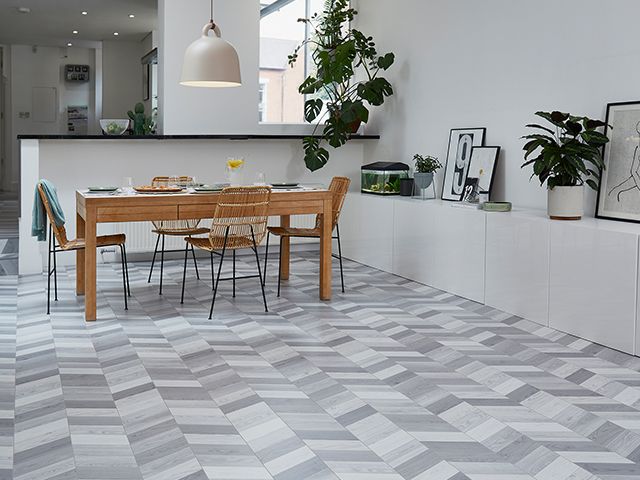
Ludowici offers a comprehensive selection of terracotta baguettes, ranging in shape, size, and cross-section. However, terracotta baguettes can also be custom-made to fit the customer’s specifications. For your aesthetic sunscreen needs, you can consider the following characteristics: fire resistance, environmental friendliness, and structural integrity.
Natural clay
Terracotta baguettes are the most common decorative panels used in the building industry. They can be applied to interior walls or facades and create a unique visual effect. These panels can serve as external sunscreen systems or decorative elements. They are fire-resistant and environmentally friendly. Moreover, they can be molded to any shape and have high anti-UV capabilities. For this purpose, they are the best choice for exterior decorative panels.
Unlike other louver systems, natural clay sunscreen products are also capable of shading large portions of the glass. This characteristic makes terracotta sunscreens perfect for buildings with large glass windows. Terra5’s sunscreens are available in classic baguettes and louvers in various sizes and shapes. They can also be bent or twisted to fit complex designs. Ultimately, the design and functionality of a terracotta building will dictate the type of material it is used for.
Fire resistance
Using terracotta baguettes in building facades has many benefits for architects and homeowners. The material has excellent thermal insulation properties and can help to regulate interior temperatures. It can also help to control humidity levels, carrying away moisture and preventing water vapor. In addition, using these bricks in facades can offer a unique aesthetic look and feel, enhancing the overall design of a building.
As a building material, terracotta has been used for centuries for construction. It is a natural rain screen material and has since been embraced as a timeless medium for modern sun protection. These panels can be manufactured in a variety of sizes and heights. For large-scale projects, terracotta profiles are produced using the extrusion process, which involves forcing the clay through a steel die. As a result, the clay is formed in lengths more extensive than the final finished size. The panels are then cut to the desired dimensions and fired to achieve a smooth, seamless finish.
Environmental friendliness
Paneltek terracotta bricks have tremendous aesthetic value. You can select from a wide range of terracotta bricks and combine them in different orientations to make beautiful landscapes. You can also order shorter or longer bricks to create custom designs and landscapes. Paneltek terracotta bricks are available in 240mm lengths and can be customized to fit any size, shape, or orientation.
Architectural terracotta is durable, weatherproof, and resistant to chemicals. Historical buildings are often made of terracotta, as this material is highly durable and resistant to the elements. It is also non-combustible and non-biodegradable. Moreover, terracotta can create an aesthetically pleasing and environmental-friendly building. You can choose terracotta panels with different color and texture combinations, and they are also resistant to heat, wind, and dust.
Structural integrity
Terracotta baguettes in buildings provide an integrated approach to solar energy control and building aesthetics. Sunscreens are functional and attractive, providing thermal comfort and letting in natural light while controlling glare and creating depth. Designed for ease of installation, terracotta baguettes can be installed vertically or horizontally. The system is available in thirteen standard body colors and various glazed finishes.
Architectural research on ceramic facades has shown that it effectively improves daylight control and regulates sunlight. For example, in 2007, Renzo Piano’s New York Times Building used ceramic tubes positioned 500 mm in front of a glass envelope. Another successful building, the Central Saint Giles in London, has panels covered with glazed terracotta baguettes.
Versatility
A beautiful way to create an aesthetic sunshade on buildings is by utilizing terracotta fabric. Besides being used as a sunshade, terracotta can be applied to the facade or interior walls of a building. The raw material used is natural clay. Here are a few of the benefits of using terracotta fabric for building aesthetic sunscreens:
Integrated building aesthetics and solar energy control are the critical goals of terracotta sunshade solutions. These solutions can be incorporated into buildings in many ways, providing the added benefits of thermal comfort and letting in natural light while reducing glare and allowing building designers to play with shadows. In addition, terracotta sunshade systems can offer a sustainable solution to various design problems when combined with innovative technologies.



